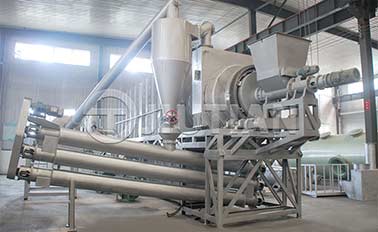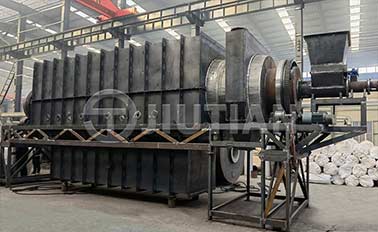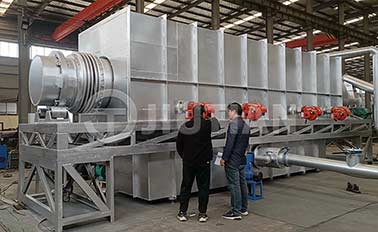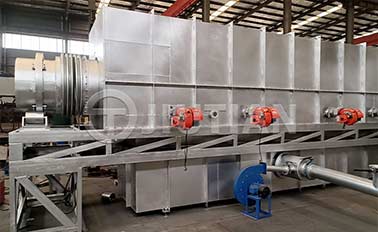During rice processing, the rice is hulled and the rice husk becomes a by-product. Rice husks are generally regarded as agricultural waste, and their large-scale generation is mainly concentrated in rice-producing areas. Rice husk carbonization can convert waste into useful carbon materials, reduce environmental pollution and improve resource utilization efficiency.
The formation process of carbonized rice husk usually includes the following steps:
1. Carbonization treatment: The treated rice husk is sent to the high-temperature environment of the rice husk carbonization equipment for carbonization treatment. This process is usually carried out in an oxygen-deficient or low-oxygen environment to prevent complete combustion of the rice husk.

2. Pyrolysis and combustion: At high temperatures, the organic matter in the rice husk begins to decompose and burn. In an oxygen-deficient or low-oxygen environment, the carbon and other elements in the rice husks begin to convert into carbon materials, and volatile substances are released. During this process, part of the combustion provides heat to promote the carbonization reaction.
3. Cooling and processing: After the carbonization process, the carbonized rice husk needs to be cooled and followed up. This may include steps such as grinding, screening and pulverizing to obtain the desired morphology and particle size of the carbon material.
Such a carbonization process produces carbonized rice husk, a carbon-rich material. Carbonized rice husk can be used in many fields, such as preparing activated carbon, carbon black, biomass carbon, etc., and has a wide range of applications, including environmental governance, energy storage, material preparation, etc.

Location:Indonesia
Project Progress:Put Into Production

Location:Vietnam
Project Progress:Put Into Production

Location:Kenya
Project Progress:Put Into Production

Location:Canada
Project Progress:Put Into Production